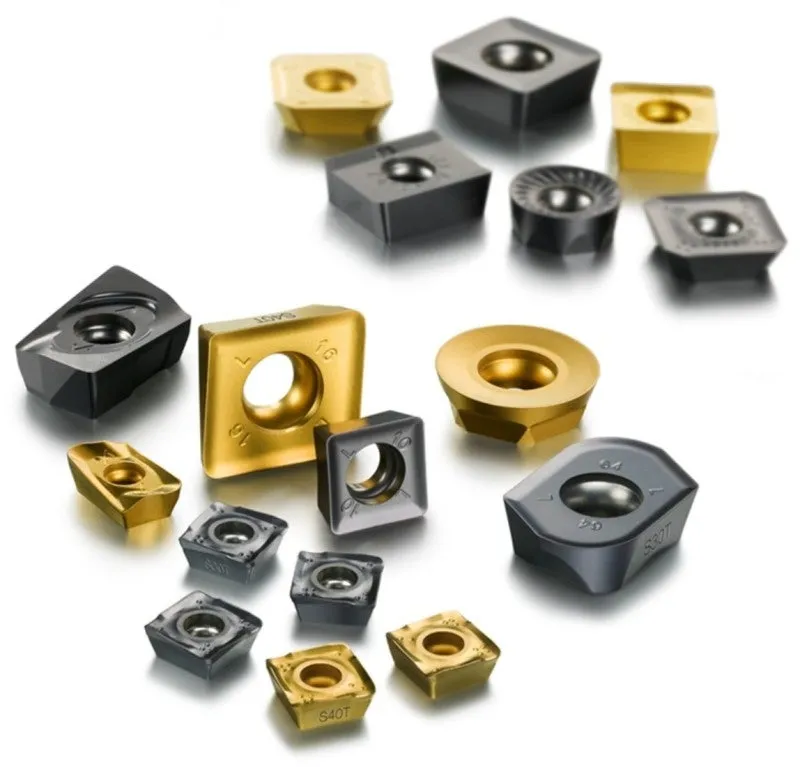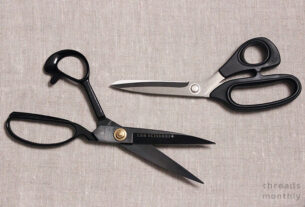Are you in the market for a new cutting tool and looking for something that is durable, precise, and efficient? If so, ceramic cutting tools might be just what you need. These advanced tools are becoming increasingly popular among professionals and DIY enthusiasts alike due to their exceptional performance and longevity. In this article, we will explore the benefits of ceramic cutting tools, how they compare to other materials, and provide some tips on how to choose the best one for your needs.
What Are Ceramic Cutting Tools?
Ceramic cutting tools are made from advanced ceramics that are engineered to withstand high heat, pressure, and wear. They are commonly used in metalworking, aerospace engineering, medical device manufacturing, and other industries that require precision machining. Compared to traditional cutting tools made from carbide or high-speed steel (HSS), ceramic cutting tools offer several advantages:
1. Hardness: Ceramic materials are among the hardest substances on earth, which makes them highly resistant to wear and deformation.
2. Thermal stability: Ceramics can withstand very high temperatures without losing their shape or functionality.
3. Chemical resistance: Ceramics are highly resistant to chemical corrosion and oxidation.
4. Dimensional stability: Ceramics maintain their shape and size even under extreme stress or heat.
Types of Ceramic Cutting Tools
There are several types of ceramic cutting tools available on the market today, each with its own unique properties and applications. Here are some of the most common ones:
1. Alumina-based ceramics: These ceramics are made from aluminum oxide (Al2O3) and have excellent hardness and wear resistance. They are often used for turning, milling, drilling, and grinding operations.
2. Silicon nitride-based ceramics: These ceramics are made from silicon nitride (Si3N4) and have excellent thermal shock resistance and toughness. They are often used for high-speed machining of hard materials.
3. Zirconia-based ceramics: These ceramics are made from zirconium oxide (ZrO2) and have excellent fracture toughness and thermal shock resistance. They are often used for cutting operations in aerospace, medical, and dental applications.
4. Whisker-reinforced ceramics: These ceramics are reinforced with whiskers of silicon carbide or aluminum oxide to improve their strength and toughness. They are often used for cutting operations in aerospace and defense applications.
Choosing the Best Ceramic Cutting Tool
When choosing a ceramic cutting tool, there are several factors to consider:
1. Material being cut: Different ceramic materials are better suited for different types of materials being cut. For example, alumina-based ceramics are good for cutting steel and cast iron, while silicon nitride-based ceramics are better for cutting superalloys and titanium alloys.
2. Cutting conditions: The speed, feed rate, and depth of cut all affect the performance of ceramic cutting tools. It’s important to choose a tool that is designed for the specific cutting conditions.
3. Geometry: The shape and size of the tool tip affect its ability to penetrate the material being cut and remove chips. It’s important to choose a tool with the right geometry for the job.
4. Coating: Some ceramic cutting tools are coated with materials like titanium nitride (TiN) or diamond-like carbon (DLC) to improve their wear resistance and reduce friction.
Conclusion
Ceramic cutting tools offer exceptional performance and longevity compared to traditional cutting tools made from carbide or HSS. They are highly resistant to wear, heat, corrosion, and deformation, which makes them ideal for precision machining applications in various industries. When choosing a ceramic cutting tool, it’s important to consider factors such as the material being cut, cutting conditions, geometry, and coating. By doing so, you can ensure that you get the best tool for your needs and achieve optimal results.
References:
– “Ceramic Cutting Tools.” Morgan Technical Ceramics. https://www.morgantechnicalceramics.com/products/ceramic-cutting-tools/
– “Ceramic Cutting Tool Materials.” Kennametal. https://www.kennametal.com/us/en/resources/engineering-calculators/milling/ceramic-cutting-tool-materials.html
– “Ceramic Cutting Tools: A Review of Properties, Performance, and Applications.” International Journal of Advanced Manufacturing Technology. https://link.springer.com/article/10.1007/s00170-015-8109-x




